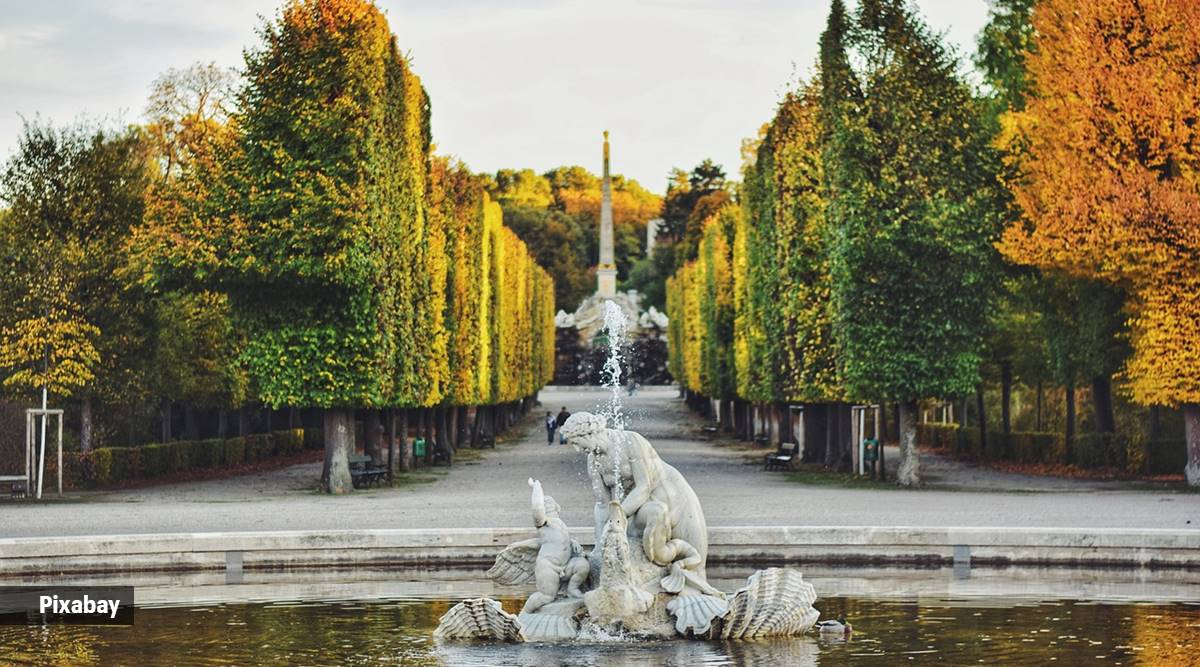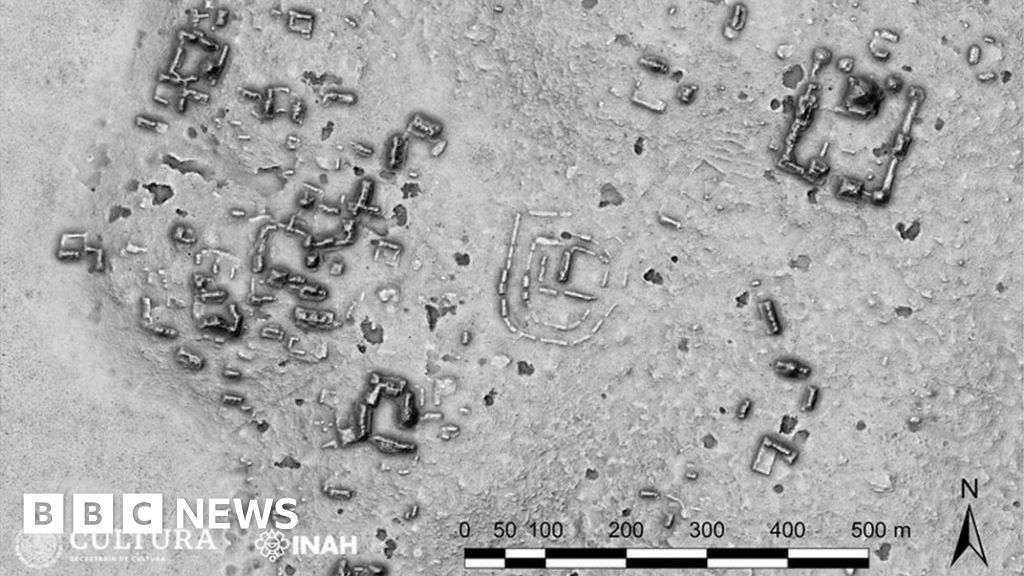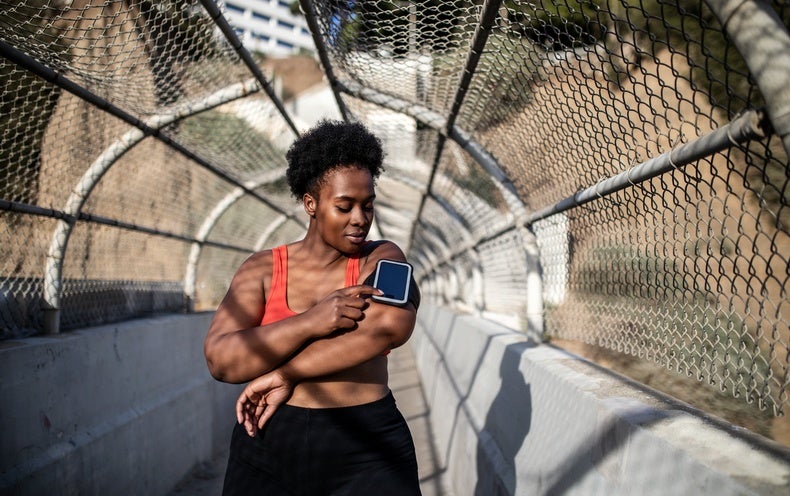- Arvind's Newsletter
- Posts
- Arvind's Newsletter
Arvind's Newsletter
Issue No #775
India’s stock market is booming, as foreign investors bet that the country’s rapid economic growth would continue. The market gained 14% in three months according to Financial Times, making it the world’s fifth-largest after the U.S., China, Japan, and Hong Kong. Companies have been investing in India as they try to reduce their supply-chain reliance on China. India’s Prime Minister Narendra Modi is in Washington and today had meetings with U.S. President Joe Biden: Despite concerns over Modi’s government’s increasing authoritarianism, the U.S. sees India as a bulwark against China. Biden may have declared the battle against autocracy to be our era’s defining struggle, said The New York Times, but for today he will “ call a temporary truce”.
The world’s most liveable cities based on EIU study.
Living conditions in cities across the world have fully recovered from the deterioration caused by the covid-19 pandemic, EIU’s latest liveability index shows.
It rates living conditions in 173 cities across five categories: stability, health care, culture and environment, education and infrastructure.
For the second year in a row, Vienna, Austria, has been named the best city to live in the world. The Global Liveability Index 2023 attributed Vienna’s success to its “unsurpassed combination of stability, good infrastructure, strong education and healthcare services, and plenty of culture and entertainment.”
Denmark’s capital Copenhagen also retained its second-place position in the list. Following it are two Australian cities, Melbourne and Sydney, respectively. Three Canadian cities – Vancouver, Calgary and Toronto — also made it to the top ten list. From Asia, Japan’s Osaka was ranked number 10 in the rankings. No Indian city made it into top 10.
3 Archaeologists have found an ancient Mayan city in the jungles of the Yucatán Peninsula in southern Mexico using aerial laser mapping technology. The previously unknown city of 123 acres includes pyramid-like structures measuring more than 50 feet in height, a ball court, stone columns, and three plazas. Archaeologists have named the city Ocomtún—the Mayan word for a stone column.
The research team found the site in an ecological reserve in the state of Campeche. Ceramics collected at the site suggest the area was inhabited between 600 and 800 CE, known as the late classic period. Researchers say the site likely declined between 800 to 1,000 CE as part of ideological and population changes that partly led to the civilisation's ultimate collapse.
Known for their mathematical and astronomical advancements, the Maya peaked from 250 to 900 CE and settled throughout southeast Mexico and parts of Central America, which comprise present-day Belize, Guatemala, El Salvador, and Honduras.
4How simple luggage trackers became the hottest travel accessory, reports CNN.
Out of the post-pandemic travel chaos, a hero has emerged. Unassuming and undercover, this hero has spent much of the past year traveling the globe, stepping in when airlines mess up to save people’s precious vacations.
Its name? Well, it goes by a few. To you, it may be Tile, Chipolo, Pebblebee or – its best-known incarnation – AirTag. That’s right: compact, portable and potentially snatching your perfect vacation from the jaws of lost luggage disaster, the travel accessory of the moment is the humble luggage tracker.
Bags for international flights are eight times as likely to be mishandled than those on domestic flights, due to the likelihood of them being transferred (connections account for nearly half the incidents). However, you don’t have to have a complex itinerary for the airline to lose your bag – a whopping 17% of mishandled bags in 2022 were simply never loaded onto the plane in the first place.
5.Can You Change Your Metabolism?
Though you might not be able to significantly rev up your metabolism, there are ways to boost the energy your body burns while doing nothing reports Scientific American.
In the gym, on medical and wellness websites and on social media, the phrase “boost your metabolism” gets thrown around a lot. Supplement marketers promise pills to make it happen, health mavens pinky swear their diet routine will rev the rate, and probably most of us, starting around our 30s, think that aging has reduced the efficiency of our metabolic engine.
And almost none of that is true.
There isn’t a method to boost metabolism “in a way that’s durable or real,” says Herman Pontzer, an evolutionary anthropologist at the Global Health Institute at Duke University. He says most things people promise will boost metabolism fall into two categories. “There are things that are dangerous and illegal and things that are BS, and you should probably avoid both of them,” Pontzer says.
Basal, or resting, metabolic rate refers to work performed by cells when we are doing nothing. It’s the baseline hum of being alive as cells keep blood circulating and lungs functioning. Formally, it’s the calories per minute used for these housekeeping duties. That adds up to about 50 to 70 percent of the total you burn through each day, depending on age, says Samuel Urlacher, an anthropologist and human evolutionary biologist at Baylor University in Waco, Tex.
Most popular interest in basal metabolism centers around ways to kick it up a notch and increase our energy use while doing absolutely nothing, with the prospect of losing weight in the process.
A common perception is that having a higher metabolism means you can get away with eating more while doing less, without gaining weight. The relationship between basal metabolism and weight is complicated, however, Pontzer says. “The larger you are, the more cells you’re made of and the more energy you burn because your metabolism is all your cells at work, all day,” he adds. But each individual cell is not more active or burning more calories per minute just because there are more cells, Pontzer says.
Read on




